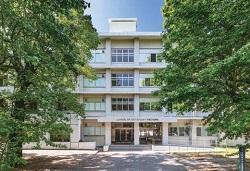Faculties
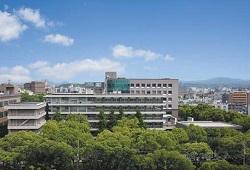
The multi-disciplined Faculty of Law, Economics and Humanities aims to produce graduates capable of dealing with society's problems using an in-depth knowledge of social and cultural issues.
The Department of Law, Economics and Sociology is comprised of three courses.
The course of Law has a curriculum to foster versatile legal thinking and planning skills.
The Course of Community Studies has a curriculum to find problems in community and to promote cooperating formation for solving them through residents' participation.
The Course of Economics has a curriculum to foster policy planning ability and management capability for developing regional economy.
Finally, the Department of Humanities is comprised of two courses, Psychology and Area and Cultural Studies, which aim to provide students with the knowledge and skills to understand the world we live in and help shape its future.
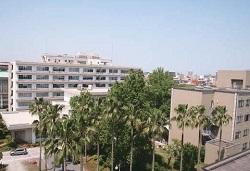
The Faculty of Education originated from a teacher training school founded in 1875.
The present institution dates back to 1949 and was expanded in 1994 to include a graduate school.
The curriculum stresses individual research and encourages the deepening of specialist knowledge through lectures, seminars, experiments, practical training, field work, the observation of child development, performance, and the practical training of physical education, arts and music.
The faculty facilities are high quality, including such sports facilities as an athletics track, a multipurpose playing field, tennis courts, two gymnasiums, martial arts rooms, and a swimming pool.
The faculty members are eager to educate and train the excellent teachers of the future.
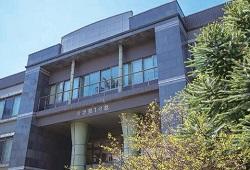
The history of the Faculty of Science goes back almost 100 years.
The Seventh Higher School, Zōshikan, founded in 1901 is a forerunner of the faculty.
The present faculty was established in 1965 and plays important roles in both education and research in the field of fundamental natural science, as the only such faculty in southern Kyushu.
The faculty is composed of five programs: Mathematics and Informatics; Physics and Astronomy; Chemistry; Biology; Earth Science.
The educational aim of the faculty is to cultivate scientific interest and give more specialized knowledge in each field.
This faculty has produced more than 7,500 graduates until now, and they continue to contribute to various scientific fields.
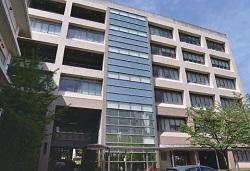
The Faculty of Medicine originated with a Britishstyle medical school founded in 1869.
Dr. William Willis, the first principal of that school, introduced western medicine to Kagoshima and trained many Japanese students.
Today, the faculty is comprised of two schools, namely, the School of Medicine and the School of Health Sciences.
The latter was established in 1998 with the aim of training medical technicians of the highest standard.
The faculty cultivates highly qualified professionals and has made substantial contributions to the advancement of medical science and to the health and welfare of people across Japan.
It aims to foster personnel who are highly studious, possess wellrounded character, contribute to the local community, and hold an international perspective on medicine and healthcare.

The Faculty of Dentistry of Kagoshima University was founded in southern Kyushu, Japan in 1977.
Since then, Kagoshima University has continued to serve beyond the local area and has played a role as a leading institution for global dental education, research, and oral health care.
We provide a comprehensive education including dental, medical and other subjects all throughout the 6-year program so that students can continuously develop a well-rounded perspective rather than a narrow, dentistry-exclusive one.
Furthermore, our students are given various opportunities to experience research projects, study abroad programs, as well as oral health care programs on remote islands.
At the end of our program, our students are educated to be able to actively contribute to local and global oral health with their unique ideas in their future.
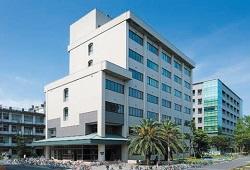
The Faculty of Engineering provides substantive knowledge and professional skills to each student deeply interested in engineering, manufacturing, or technological development.
Students will acquire the ability to solve many problems in today's global society, using their knowledge and skills practically.
The faculty has been promoting educational reform to meet international standards and has been cultivating talent among its students, so that they may play active roles in the betterment of the world.
The Faculty of Engineering is composed of two departments with seven educational programs that cover the main fields of manufacturing.
The Faculty is committed to training professional engineers, leading in social reform, creating intellectual infrastructure, and developing innovative manufacturing.

Faculty of Agriculture dates back over 110 years to 1908.
Today, the faculty consists of three departments and a new special course: Agricultural Sciences and Natural Resources, Food Science and Biotechnology, Environmental Sciences and Technology and a special agricultural sub-course of International Food Resources Sciences.
In addition, there are three research and educational units: Kagoshima University Experimental Farm, Kagoshima University Research Forests and Education and Research Center for Fermentation Studies (ERCSF).
The undergraduate course provides students with a wide ranging basic education in agriculture, including field training, laboratory experiments and various research activities.
For those who seek the degree of Master of Agriculture, a two-year graduate course is available.
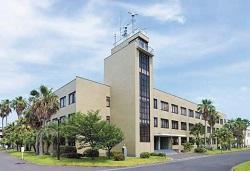
The Faculty of Fisheries is composed of five fields: Aquatic Sciences, Fisheries Resource Sciences, Food and Life Sciences, Fisheries Economics, and Aquatic Environment Conservation Sciences.
The faculty has contributed to the societies considerably through it's graduate production and applied research on issues ranging from the aquatic environment and resources to their industrial utilization and consumption.
The faculty has focused on field-oriented education and research, as well as an agenda on sustainable development and rational utilization of fishery resources, conservation of aquatic environment and international contribution and engagement in local fisheries.
Moving forward, the faculty hopes to maintain its status as a world-renowned fisheries education and research institution, encompassing the tropical and sub-tropical aquatic belt across the globe.
Joint Faculty of Veterinary Medicine offers highly specialized lectures frequently delivered using a simultaneously streamed class system with Yamaguchi University, as well as hands-on training at small groups of students.
The Faculty was fully accredited by the Japan University Accreditation Association (JUAA) for the national standards of veterinary education, and also by the European Committee of Veterinary Education following a site visit by the European Association of Establishments for Veterinary Education (EAEVE).
Veterinary Teaching Hospital consists of three medical centers for small animal, large animal, and Equine.
Experimental Animal Center is accredited by AAALAC International to implement humanitarian care and animal use programs.
Transboundary Animal Diseases (TAD) Research Center has been established for the research of TAD pathogens and epidemics.
